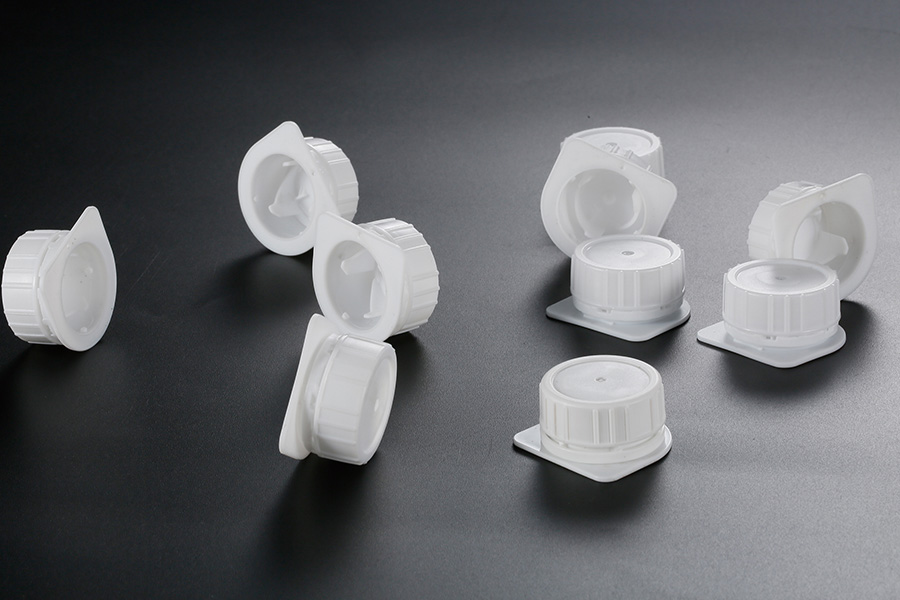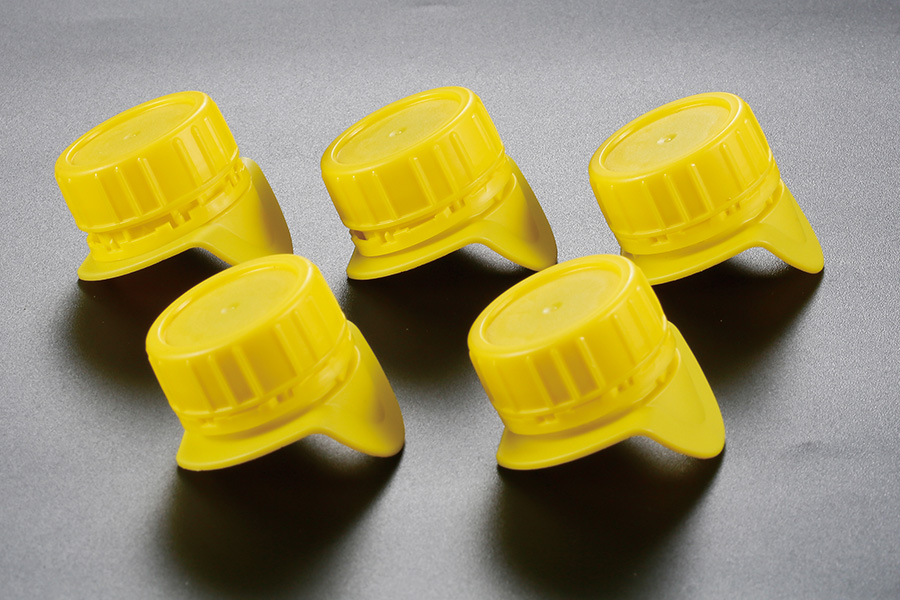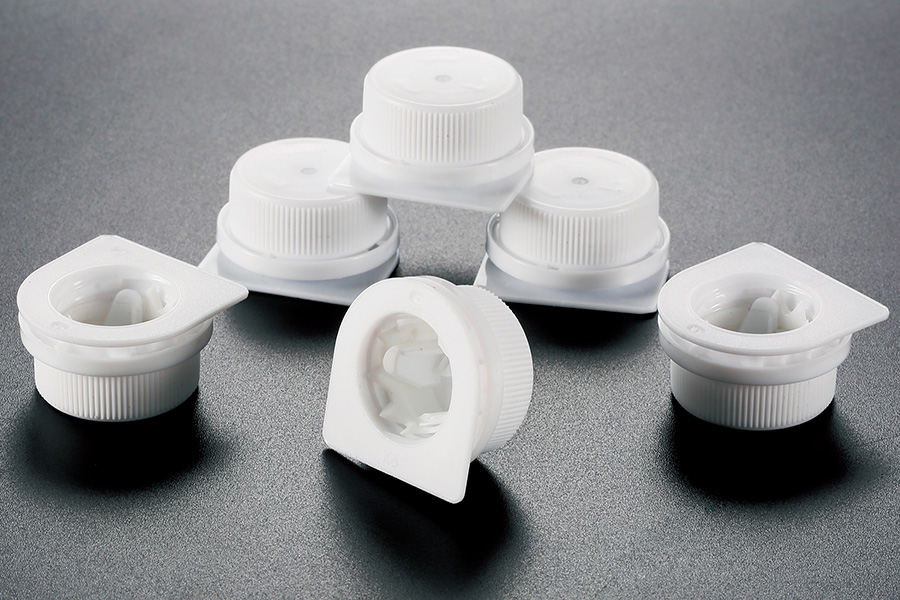In the packaging industry, maintaining consistent quality is crucial for manufacturers, especially when producing components like flip-top caps and lightweight plastic caps. These closures are essential for beverage, cosmetic, and pharmaceutical products, where reliability and user experience play a significant role. However, defect rates in closure production lines can impact product performance, increase costs, and reduce customer satisfaction. Therefore, focusing on reducing defect rates in closure production lines is vital to ensure the production of reliable flip-top caps and lightweight plastic caps.

One of the primary challenges in producing flip-top caps is ensuring the hinge mechanism operates smoothly and consistently. The hinge must withstand multiple openings and closings without breaking or becoming loose. Defects such as incomplete molding, weak hinge points, or improper material flow during the injection molding process can cause failures. Addressing these issues starts with precise control of production parameters such as temperature, injection pressure, and cooling time. Optimizing these factors reduces the chances of defects and helps produce flip-top caps that meet performance expectations.
Similarly, lightweight plastic caps require a delicate balance between material use and structural integrity. Using less material reduces production costs and supports sustainability efforts, but it can also advance to caps that are fragile or prone to deformation. Manufacturers must carefully select appropriate polymer grades and molding conditions to achieve a lightweight plastic cap that retains sufficient strength and durability. Consistent quality checks during production can identify defects like warping, incomplete fills, or sink marks early, allowing timely adjustments to the process.
Automation plays a significant role in reducing defect rates in closure production lines. Automated inspection systems, including vision systems and sensors, can detect inconsistencies or flaws in flip-top caps and lightweight plastic caps immediately after production. These systems can identify issues such as flash, color variations, or deformation that might not be easily spotted by human inspectors. Integrating these technologies ensures defective parts are rejected before packaging, thus maintaining the overall quality of the closure supply.
In addition to process control and automation, operator training is a key factor in reducing defects. Skilled operators can monitor machine performance, recognize early signs of problems, and make necessary adjustments. For example, an operator familiar with the specific challenges of producing flip-top caps can respond to subtle changes in hinge flexibility or molding defects more effectively. Regular training sessions keep the production team up to date with ideal practices, which supports a reduction in defective output.
Material management is also critical when aiming to lower defect rates. Consistent raw material quality impacts the final product significantly. Variations in resin quality or contamination can cause problems during molding, affecting the appearance and function of flip-top caps and lightweight plastic caps. Implementing strict quality control measures for incoming materials and maintaining proper storage conditions can lessen these risks.
Collaboration between design engineers and production teams further aids in defect reduction. Design adjustments that consider manufacturability can simplify the molding process and reduce the likelihood of defects. For instance, refining the geometry of a flip-top cap hinge to fewer stress points or improving wall thickness distribution in a lightweight plastic cap can enhance production consistency. Early involvement of production feedback in the design phase helps create caps that are easier to manufacture with fewer defects.
Environmental conditions within the production facility should not be overlooked. Factors such as humidity, temperature fluctuations, and dust can influence molding processes and material behavior. Keeping the production environment controlled and clean reduces the possibility of defects that arise from external factors. Regular maintenance of machines and molds also ensures consistent performance, helping maintain the quality of flip-top caps and lightweight plastic caps over long production runs.
Furthermore, implementing a comprehensive quality management system supports continuous improvement in defect reduction. Collecting data on defect types and frequencies allows manufacturers to identify recurring issues and root causes. This data-driven approach enables targeted interventions, whether it is refining machine settings, improving material handling, or enhancing operator training. Over time, such a system advances to sustained reductions in defect rates.
In conclusion, reducing defect rates in closure production lines is a multifaceted task that involves controlling production parameters, leveraging automation, ensuring operator expertise, managing materials, and fostering collaboration between design and production. Focused efforts in these areas contribute to producing reliable flip-top caps and lightweight plastic caps that meet customer needs. Consistently addressing the challenges inherent in manufacturing these closures will support quality improvements and operational efficiency in the packaging industry.


 English
English  русский
русский عربى
عربى



